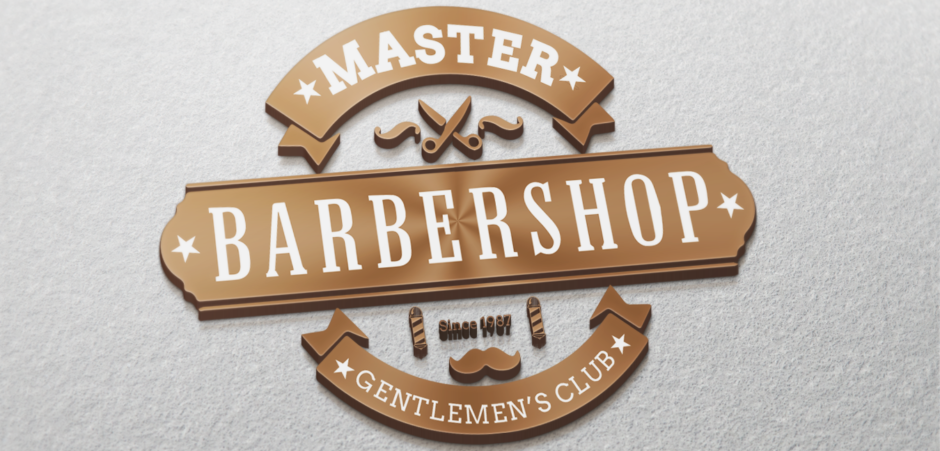A barber (from the Latin barba, “beard”) is a person whose occupation is mainly to cut, dress, groom, style and shave men’s hair. A barber’s place of work is known as a “barber shop” or a “barber’s”.
The barber’s trade has a long history: razors have been found among relics of the Bronze Age (around 3500 BC) in Egypt. In ancient Egyptian culture, barbers were highly respected individuals.
Men in Ancient Greece would have their beards, hair, and fingernails trimmed and styled by the κουρεύς (cureus), in an agora (market place).
Barbering was introduced to Rome by the Greek colonies in Sicily in 296 BC, and barber shops quickly became very popular centers for daily news, social gathering for debates and gossip. A morning visit to the tonsor became a part of the daily routine, as important as the visit to the public baths, and a young man’s first shave (tonsura) was considered an essential part of his coming of age ceremony. A few Roman tonsores became wealthy and influential, running shops that were favorite public locations of high society; however, most were simple tradesmen, who owned small storefronts or worked in the streets for low prices.
Starting from the Middle Ages, barbers also performed surgery and dentistry. In addition to haircutting, hairdressing and shaving, barbers performed surgery, bloodletting and leeching, fire cupping, enemas, the extraction of teeth, and even the circumcision; earning them the name “barber surgeons”. Some of the duties of the barber included also neck manipulation, cleansing of ears and scalp, draining of boils, fistula and lancing of cysts with wicks.
The barber pole, featuring red and white spiraling stripes, symbolized different aspects of the craft.
Barber shops are also places of social interaction and public discourse. In some instances, barbershops are also public forums. They are the locations of open debates, voicing public concerns, and engaging citizens in discussions about contemporary issues. They were also influential in helping shape male identity.
